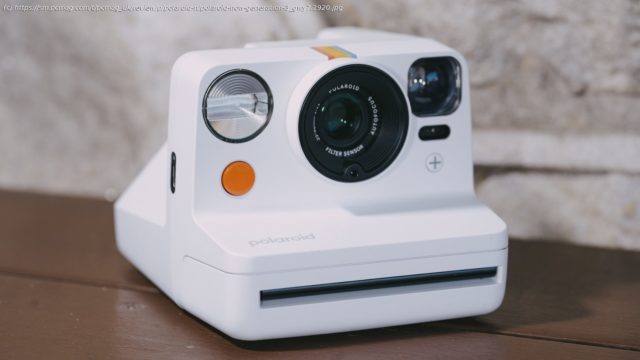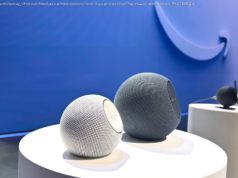This instant camera doesn’t get the most out of its expensive film
The Polaroid Now+ Generation 3 ($139.99) is a slightly upgraded version of the first-edition Now+ that I reviewed a few years ago. Like its predecessor, the Now+ mixes a cheeky ’90s-style exterior with simple one-button operation, and more creative features available via a Bluetooth-connected app. However, its color I-Type film isn’t always predictable, must be shielded from light as it begins to develop, and is expensive to use. Casual snappers who want an instant camera that makes it easy to get good-looking pictures should instead opt for the Fujifilm Instax Mini 99, our Editors‘ Choice in the category. Artsy photogs and shutterbugs who want to use Polaroid film regardless should get the $200 Flip, which makes it easier to capture good photos, and is our Editors‘ Choice among I-Type instant cameras. Design: Iconic Polaroid Silhouette
The third-generation Now+ maintains the same basic body style as earlier models. Its trapezoidal silhouette is both distinctive and common to cameras that use Polaroid film. The shape comes from mirrors inside the camera that direct light from the lens to the film cartridge. By the numbers, the Now+ measures 3.8 by 4.4 by 5.9 inches (HWD) and weighs 15.9 ounces. The Now+ is sold in four different colors: Arctic Blue, Black, Coral, and White.
The Now+ uses a prime lens with two autofocus zones. It catches a moderately wide angle with either, about the same as a 35mm full-frame prime at distance (1m to infinity), and a slightly narrower 40mm angle for close-ups (0.4-1m), typical of a snapshot camera. For arm’s-length selfies, you’ll get one person in frame easily, and you’ll have to squeeze in tight to get a photo with a friend.
Polaroid also sells a Now Generation 3, which is physically identical on the outside, but does not include Bluetooth, so it does not offer any app-based manual control. The Now costs less, $119.99, and is available in a different set of colors: Arctic Blue, Coral, Pebble White, Purple, and Yellow. Since the Now is so close to the Now+ in price and concept, I don’t plan on reviewing it separately.
The camera has a built-in battery and charges via USB-C. The battery is rated for about 15 packs of film (120 photos) and does a good job of holding a charge between uses. I topped off the battery when I unboxed the Now+ for review, and still see a green light when I power it on, about six weeks and four packs of film later.
The first-gen Now+ shipped with a set of push-on creative filters to add a color cast or soft focus effect to pictures, but does not bundle them with the Gen 3. You can still use the same filters if you have them from an older camera, however, or purchase them separately for $19.99. Filters are useful for adding a color cast to a color picture or shifting the tonal balance when using black-and-white film.Controls: App Required for Exposure
Without the Polariod app (available for Android and iOS), the Now+ is a simple one-button camera, just like the Now.






